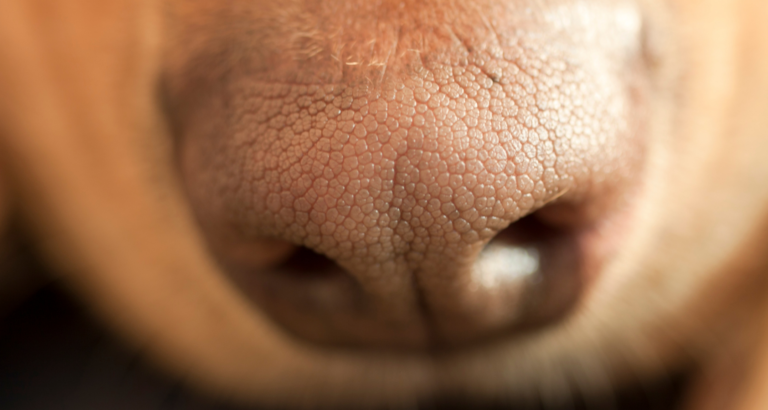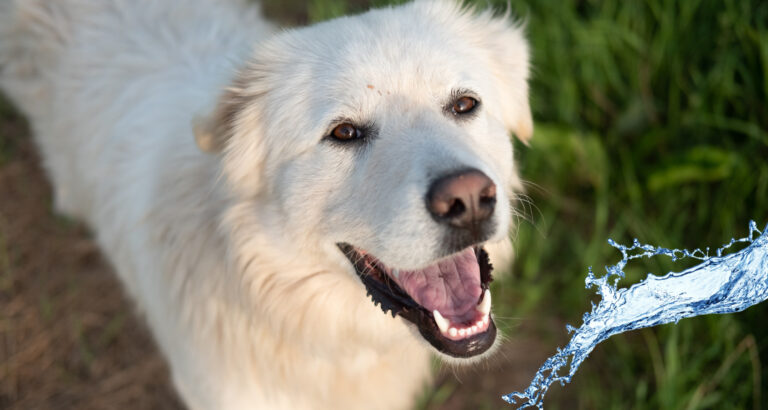6 Important Things To Know Before You Purchase Pet Insurance
Last updated on March 20th, 2023 at 06:57 am
Reading Time: 4 minutesThis post may contain affiliate links. If you click and buy we may make a commission, at no additional charge to you.
6 Important Things To Know Before You Buy Pet Insurance
Pets require careful attention to detail in their day-to-day care – almost as much as raising your child. This also translates to a high cost of maintenance – Pet food, vaccinations, toys, and so on.
Your pet will inevitably demand more medical attention as they age. Considering the emotional bond, you share; you will most certainly opt to go all out. However, it is important to understand that trips to the vet can be quite taxing on your wallet – with procedures ranging from a couple of hundred dollars into the thousands.
This is where having Pet insurance decreases your burden significantly as it pays for expenses incurred due to illness (well, almost all – more on that later) while also providing accidental coverage – should something ominous happen, providing you peace of mind.
Before you decide to pull the trigger on one, you must be enlightened on the fundamentals first.
The Absolute Basics:
Pet insurance companies for the most part offer coverages limited to dogs and cats only. This however may vary.
If you have multiple pets, you might consider getting one insurance policy and sharing it among them. However, most companies do not allow for this and each of your
pets requires separate policies. The reasons are discussed below.
Factors determining your insurance premium:
- Age of your pet – The older your pet is, the higher probability it requires medical attention resulting in increased premium value.
- Your location – Veterinary care costs vary across different states resulting in variations in your premium – Insurance in Florida is cheaper on average than in California.
- The breed – Certain breeds are more predisposed to specific illnesses or demand more frequent medical attention. For example, in general, dogs are more expensive to insure than cats while among dogs, a decent guard dog breed such as a Rottweiler demands higher premiums than a Chihuahua.
Insurance terminologies:
- Quote: It is a preliminary estimation of your insurance premium. It is calculated after assessing your pet and your expected demands.
- Premium: Subscription fee for your policy. This can be paid on a monthly or annual basis.
- Claim: Basically your demand for reimbursement of medical expenses after your pet requires medical attention – the amount paid by your insurance company.
- Deductible: This is a fixed amount subtracted from your claim before you are reimbursed. For example, if your claim was for a thousand dollars and your deductible is for two hundred, your insurance company will reimburse you for the remaining eight hundred dollars. Thedeductible affects your insurance premium as the higher the deductible, the lower your insurance premium. The deductible can be adjusted over a single claim or multiple claims throughout the year.
- Co-insurance: It determines the percentage of the estimated claim amount you choose to pay out of your own pocket in the event a claim is made minus your deductible. For example, considering you have set co-insurance at 80% and your deductible is five hundred dollars – in the event your claim is for a thousand, you will be reimbursed for 80% of a thousand minus your deductible, which is 700 dollars. Higher the co-insurance, the higher your premium.
What is covered?
To put it bluntly, pet insurance covers illness and injury. However, there are a few caveats:
Insurance companies do not cover any expenses for pre-existing conditions. That is, if your pet shows signs of any impending disease or has been diagnosed with any illness before the conclusion of the waiting period on your insurance, no expenses pertaining to those conditions are eligible for coverage. What are waiting periods? We’ll get to that in a bit.
This has two important interpretations. First, it is in your as well as your pet’s best interest to get a policy as early as possible. While you might feel that you are paying all those premiums for nothing, it does matter in the long term. Senile disorders or genetically predisposed chronic diseases may take time to manifest so getting insurance before their appearance covers you against any potential future disease. Special treatment procedures can cost you thousands of dollars so being insured will most certainly help with those bills.
Second, in the event you decide to terminate your insurance coverage, all diseases which had been diagnosed after your policy was bought, will be considered as pre-existing diseases and denied coverage should you decide to get a new policy in the future.Pet insurance will pay for diagnostics – Blood tests, scans (CTs/MRIs), X-Rays, etc. You will also be reimbursed for expenses for medication. However, vet consultation fees are not covered. Emergency coverage caters to the treatment of injuries sustained in an accident or should your pet require urgent attention after ingesting anything poisonous. Post-surgical rehabilitation and certain behavioral therapies are also covered.
What Won’t Be Covered?
Remember, we mentioned “waiting period” in the earlier section? It is basically the minimum period that must pass post-purchase of insurance for you to claim reimbursement on certain diseases. This varies across insurance providers and also for the condition in question.
Expenses usually not covered by pet insurance include expenses for grooming or cosmetic procedures, experimental or alternative (non-conventional) methods of treatment, and most important situations that may be considered avoidable – These include blatant injuries sustained due to abuse or illnesses contracted due to neglect.
Conclusion
To conclude, pet insurance can be considered a long-term investment that will reward you in the future. Coverage for critical illnesses such as cancer and emergencies such as acute poisoning are reasons enough to have your prized companion insured. While not seemingly necessary today, it is always best to plan ahead for the future
About The Author
I'm a content writer and researcher. But bottom line, I loveee animals. I had my first animal which was a guinea pig at age 8. Later had a bunny, dog and a lot, a lot of fish. Writing about what I know about pets will allow me to share my knowledge and love for them with everyone else. Dealing with dogs my entire life, I know a lot.








